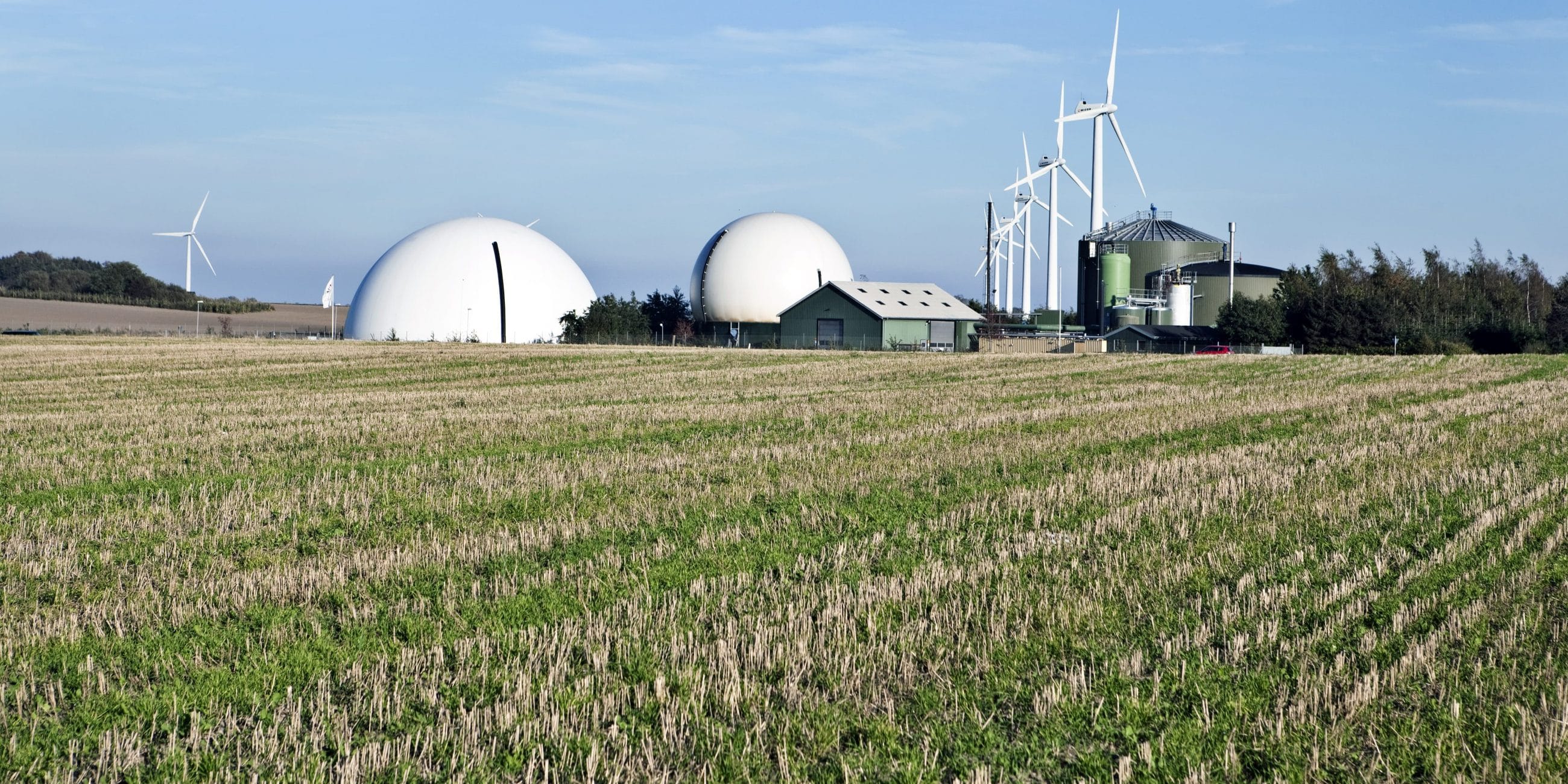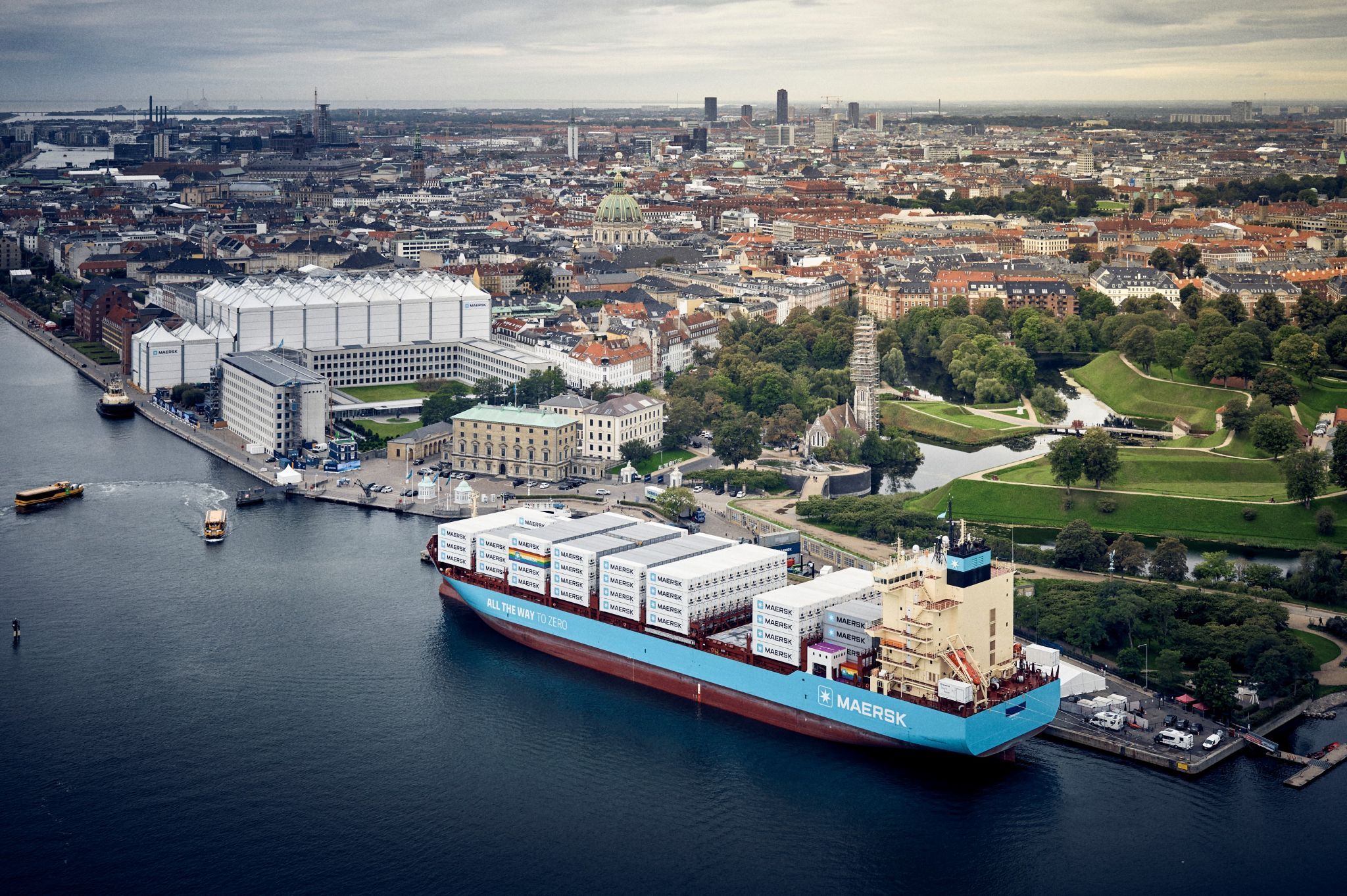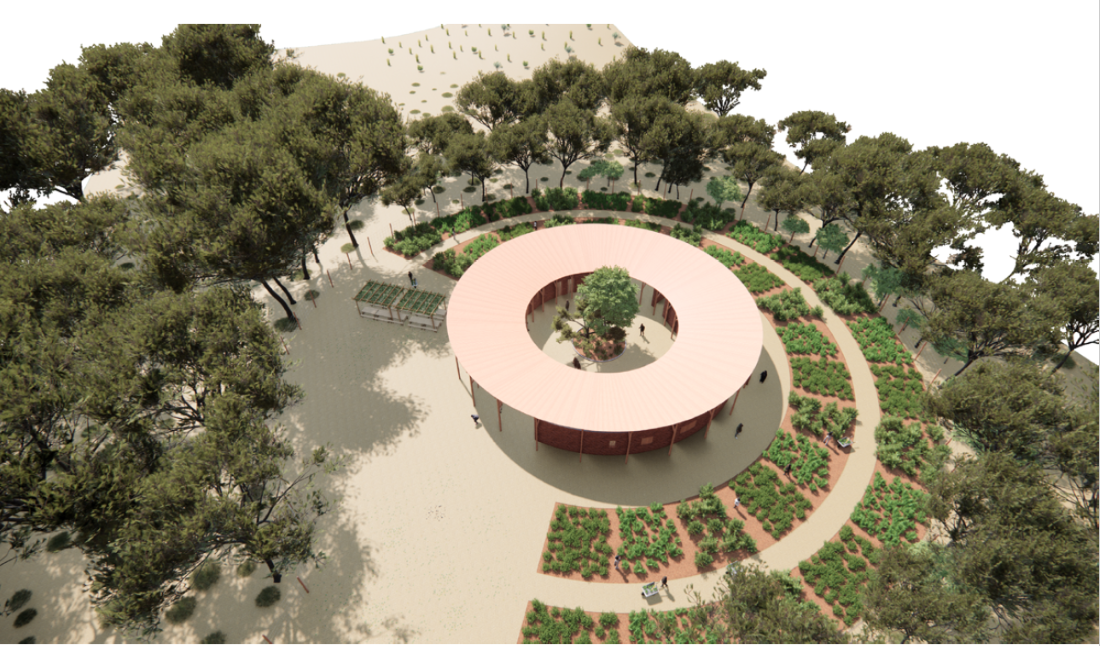News
Air pollution
Bioenergy
Biogas
+2
Researchers transform CO2 into green gas


Engineers from Aarhus University want to transform CO2 from a harmful greenhouse gas in the atmosphere to usable energy in the natural gas grid.
Together with the Danish catalysis company Haldor Topsøe and a number of other companies, researchers from the Department of Engineering have developed a technology that can convert CO₂ and water into methane by using electricity. Additionally, if this energy comes from wind power, the gas will have an even lower climate impact.
-Related news: Future bio-batteries made from mould
“This is a truly promising technology, which not only is CO2 neutral. During the manufacturing process, we actually consume CO2, thereby reducing our emissions and the climate impact," said Christian Dannesboe, a PhD student at the Department of Engineering at Aarhus University.
Converting CO2 to methane gas through electrolysis and catalysis
The technology consists of converting CO2 and water into methane through two chemical processes. First, water is split into oxygen and hydrogen by so-called high temperature electrolysis. Afterwards, the hydrogen, together with CO2, is converted into methane through a catalytic process.
According to the researchers’ figures, the electrical efficiency of the electrolysis is between 96-100 percent, while the pilot plant has an overall efficiency of approx. 80 percent.
During the catalysis, heat is generated, but this heat can be utilised elsewhere in the process to evaporate the water before the electrolysis. However, the researchers are still working to reduce the heat loss at the pilot plant, which has been in operation since 2016.
CO₂ can be a valuable resource
Conversion of CO2 has a particularly high potential in the biogas sector, as biogas consists of approx. 50 percent methane and 40 percent CO2 together with a number of residual products. When the gas is to be used in the natural gas grid, CO2 is filtered out. The researchers want to exploit this “CO2 waste”.
“We already have the technology in place and it is efficient on a large scale. If we chose to establish upgrading plants for high-temperature electrolysis and catalysis at all our plants in Denmark, we would immediately be able to cover 10 percent of our total energy consumption with sustainable gas," said Christian Dannesboe.
-Related news: 15 ways to boost business in the bioeconomy
Today, the pilot plant is supplied with CO2 from biogas production at the university's other test facilities and it can produce 10 m3 methane gas per hour. However, in the long term, it is possible that the method will be able to recycle CO2 from air pollution in cities.
"We should start viewing carbon dioxide as a valuable resource, which we cannot afford to let out into the atmosphere. In the long term, we can improve our air purification technologies, capture the pollutants in the cities and use it for the production of pure methane gas," said Christian Dannesboe.
He emphasises that the biggest advantage lies in the displacement of CO2, as the technology cannot compete with the price of natural gas from the underground.
The team behind the pilot plant estimates that the technology will be ready to roll out within a few years.
Source: Ingeniøren (in Danish)
You should consider reading
publications
Resource efficient production
+15















